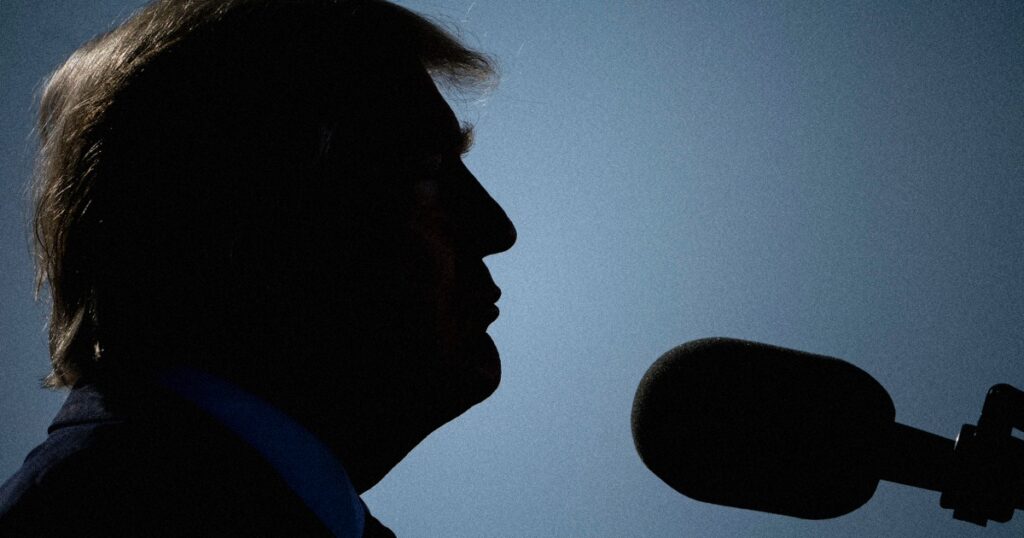Before Donald Trump was elected to the nation’s highest office, he had a habit of incorporating violent rhetoric into his campaign pitch. As a Washington Post analysis explained six years ago, “Even if you don’t believe Trump has technically incited violence (which he has been sued for), he clearly nodded toward violence at his campaign rallies. Sometimes it was veiled; other times it was unmistakable.”
About a year earlier, after Trump warned of “riots” if he were denied the GOP presidential nomination, Sen. Marco Rubio tried to warn voters. “The great thing about our republic is that we settle our difference in this country at the ballot box, not with guns or bayonets or violence,” the Florida Republican said, adding, “Forget about the election for a moment; there’s a broader issue in our political culture in this country. This is what happens when a leading presidential candidate goes around feeding into a narrative of anger and bitterness and frustration.”
Around the same time, Republican Sen. Ted Cruz of Texas explained that Trump had “a consistent pattern of inciting violence.”
Trump was elected anyway, and he brought his preoccupation with violent rhetoric with him to the White House — culminating, of course, in the Jan. 6 attack on the U.S. Capitol.
After leaving office, the former president continued to make occasional references to violence, though as the threat of criminal indictments grew more serious, Trump’s rhetoric grew less subtle.
This past weekend, for example, amidst hysterical nonsense about what he perceived as the nation’s unraveling, the Republican practically begged his followers to demonstrate on his behalf. “PROTEST, TAKE OUR NATION BACK!” he wrote on his social media platform.
A few hours later, in case this was too subtle, the former president published another message, which began, “IT’S TIME!!!” After assorted whines — including claims about “evil” White House officials — Trump added, “WE…
Read the full article here





